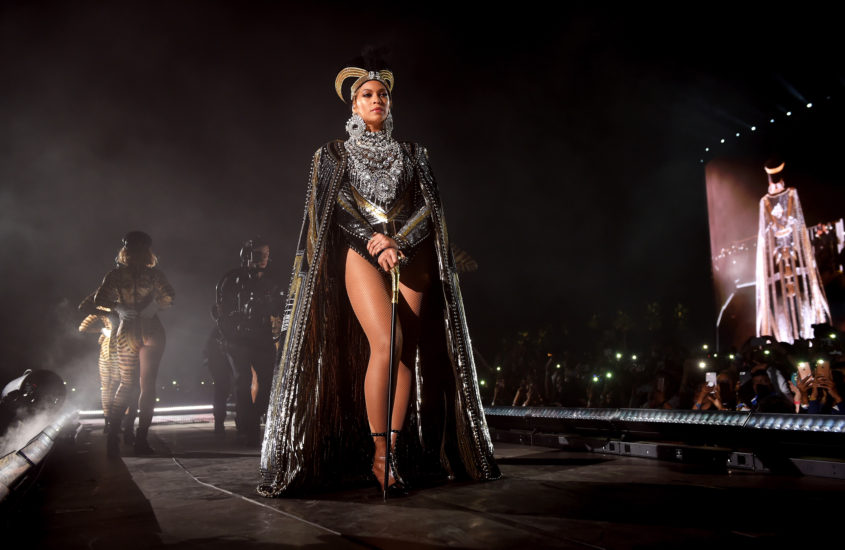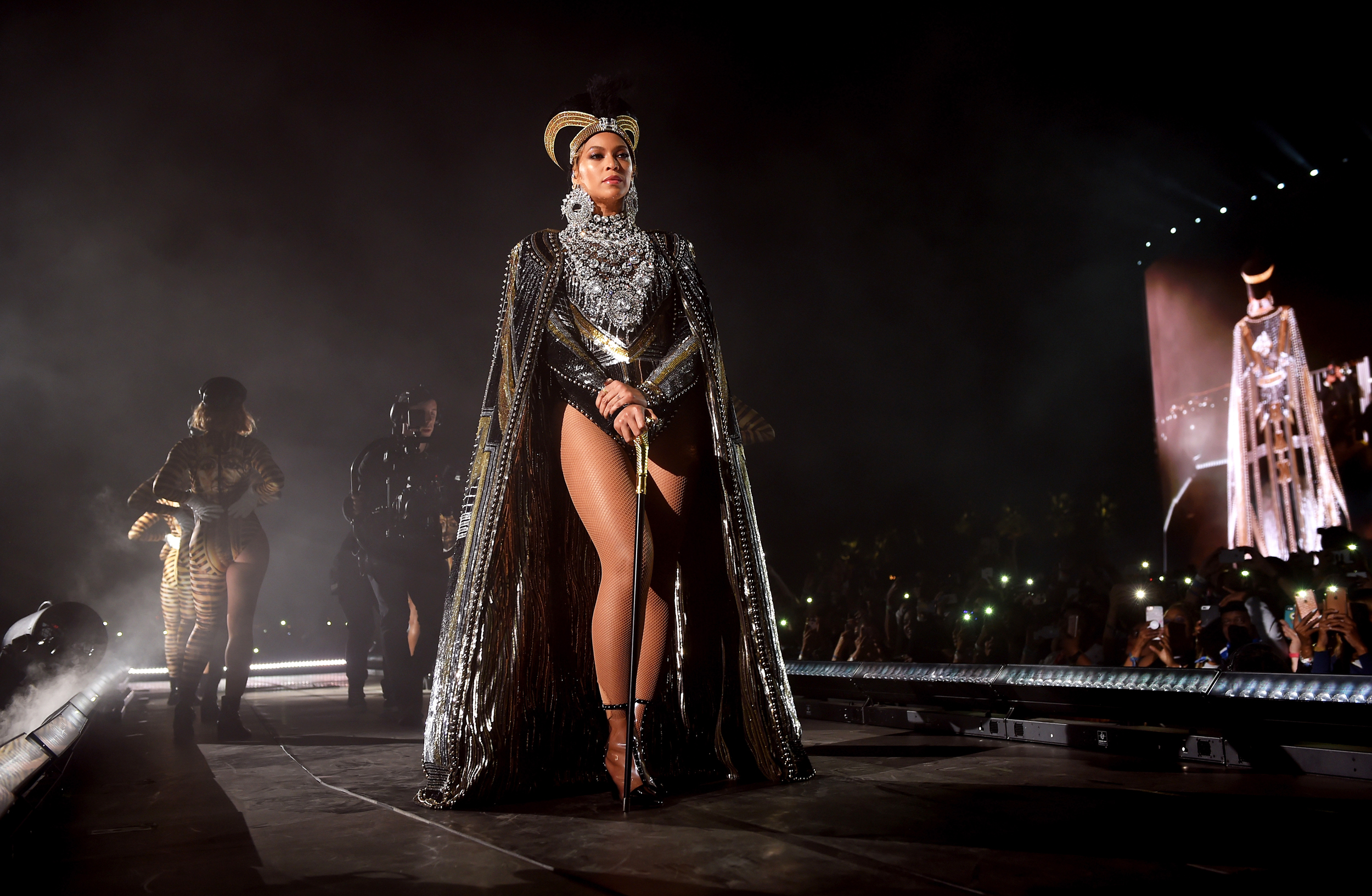THE REDEFINITION OF BEYONCE: RENAISSANCE REVIEW By: Sarah Williams-Cain


Where to even begin? For an artist that arguably needs no introduction, lemme run down some stats really quick just in case you forgot who exactly Miss Beyonce Giselle Knowles both was and is.
The most-nominated female artist in Grammy history, with 62 career nominations, including 28 wins and 78-lifetime nominations for both her solo act and as a member of globally known girl group Destiny’s Child, Beyonce Giselle Knowles is an artist that isn’t shy of accolades. A jack of all trades while simultaneously being a master of all, Knowles has diversified her world renown by appearing in both television shows and films along with the creation of her brand Ivy Park. Not only is she a singer, but also a songwriter, dancer, actress, designer, and pretty much everything else under the sun.
Now that we have established a few of her credentials, I wouldn’t be surprised if Beyonce released an entirely new album by the time I finished typing this sentence. However, in atypical Beyonce fashion, we were gifted a gradual release, one that Beyonce is not customarily akin to. Music connoisseurs welcomed the planned birth of her seventh, and most critically acclaimed studio album entitled “Renaissance” after getting a proper rollout of a single, teasers, and all things habitual when it comes to a formal album release.
Renaissance is a French word meaning “rebirth,” referring to a period in European civilization that was marked by a revival of classical learning and wisdom. In my opinion, this is the rebirth of a career as we know it.
Now before the Beyhive comes for me, let me offer a hearty helping of insight. This rebirth alludes to her revolutionary outtake on her long career record of redefining what popularity in music holds. She is an artist who regardless of trends, sets her own. A master of her craft, Beyonce is no rookie. This album is a point proven.
The catalyst for the album bestowed upon us is a direct product of the nod to house music post-1970 disco (“Alien Superstar,” etc.) which, in large part has shaped the way we know and love mainstream pop. This, again, is ironic given the fact that house music as a whole was first pioneered by the largely predominant black nightclub scene circa the 1970’s in deep east Chicago. More specifically, the “Godfather of House,” African American DJ Frankie Knuckles spearheaded the movement circa 1980’s when house as a genre was merely in its infancy. While house was divulged into a mainly European populace somewhere along the way, this reclamation of space and artistry in the industry not only excites me but genuinely inspires me.
I will be the first to admit, this is not the direction I saw her going when first hearing about the new album. All things considered, this sound is one we have been teased with, although not quite in its totality. But “Renaissance” is the full commitment.
In terms of musicality, the undeniable influence of house music with a touch of club scene ballroomesque culture shines through. This type of disco meets post-1970’s music isn’t shy to the Billboards. Ironically, a recent album donning this style and cadence that comes to mind is none other than Drake’s “Honestly, Nevermind” which was released in late June 2022. And here comes the irony, Drake is accredited as a writer and producer for “Renaissance,” yet does not appear to be featured on any songs. But I digress. Back to the subject at hand.
The album is a work of art, both in nature and in theory. A process that I believe not enough artists are prioritizing, is the cohesive approach to the album-making process. “Renaissance” is standalone in that field. Known for her visuals that walk us through the beginning, middle, and ending of a new project, this album rescinded this. However, the storytelling aspect did not disappoint. The songs nearly melted together as the linework danced us through an album that was intentionally made to be played straight through, without skips, and God forbid any shuffling.
With a title like “Renaissance,” you have to give credit where credit is due. In my opinion, this album is exactly that. A genuine resurgence of a genre that arguably built the music industry as we know it. Stylistically, Beyonce has a unique capability of nodding to past musicians with her usage of samples, while creating an entirely new subgenre of music in a way that is dually genuine and unique to her. Artists sampled on this album ranged everywhere from Teena Marie to Tommy Wright III. This only further reiterates her versatility as a musician. Being able to blend together artists from a wide range of backgrounds into a simple cohesive line of work is a feat. The grasp of musicianship is exemplified through this. And quite frankly, the only person she is competing with is, well, herself.
She has let the numbers speak for themselves on this one. Both on socials and on the charts, Beyonce skyrocketed. Aside from being the number #1trending topic on Twitter in America immediately after the release of her tracklist, “RENAISSANCE” is now the fifth most acclaimed female album of all time, according to Metacritic: “Moreover, Beyoncé is now the only female artist with two albums in the top 30 most acclaimed albums of all time.”
Beyonce has remained steadfast through the zeitgeist of contemporary music popularity. She has never veered from her authenticity as a musician, and routinely advocates for what her style and composition means at her core in terms of how she views herself as an artist. This I feel will send shock waves to the industry (not that she hasn’t previously), and account for an influx of traction with not only house, but the afrobeats scene as well. While these two genres seemingly create a dichotomy, I believe we are witnessing the birth of an entirely new subgenre that fuses the two together in a revolutionary fashion.



